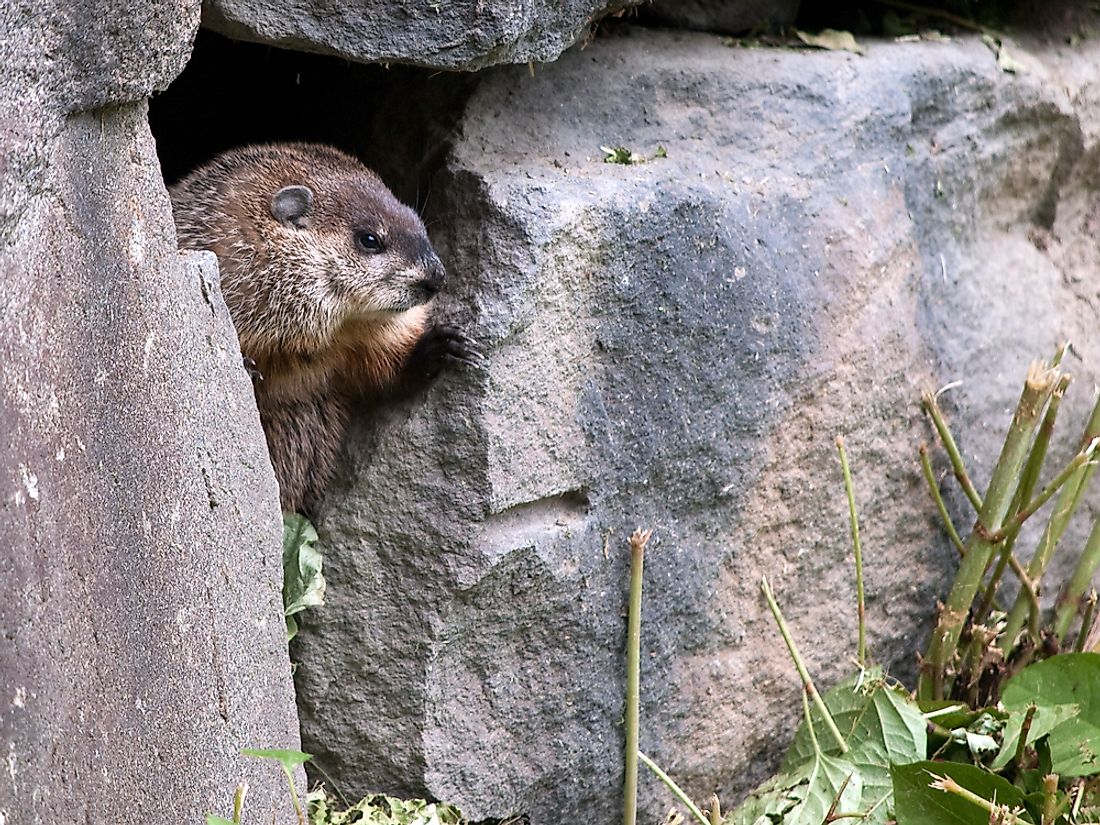What Is Groundhog Day?

Groundhog Day is celebrated on February 2nd as a way of predicting the arrival of spring. The day’s events involve celebrations held early in the morning to watch the groundhog leaving its burrow. Folklore has it that should the groundhog emerge from its tunnel on a cloudy morning, the spring season will arrive early, probably before the vernal equinox. Should the groundhog appear on a sunny day, it would retreat to its burrow on seeing its shadow and, therefore, spring will not start for another six weeks.
Origin of Groundhog Day
Groundhog Day celebrations began in the 18th and 19th century as a Pennsylvanian German custom. In ancient European weather lore from which the tradition emerged, a badger or sacred bear rather than the hedgehog is the forecaster. Groundhog Day is very similar to the Imbolc pagan festival and St Swithun’s day. The Imbolc festival is held on February 2 to mark the turning of the Celtic calendar and involves weather predictions while St Swithun's day is held on July 15.
A diary entry by James Morris, a Morgantown Pennsylvania shopkeeper, is the first documented reference to Groundhog Day in America. Other references can be found in poems from England, Scotland, and Germany. It is possible that the custom is just an example of the results of confusion created by the use of two different calendar systems. The change of season in some of the ancient traditions was marked at cross-quarter days when daylight progresses significantly against the night while in others it was postponed until after the vernal equinox when daylight overtook night. The hedgehog or groundhog was incorporated as an arbiter to settle the two traditions. According to another theory, increasing average temperatures in early February forces the groundhog out of hibernation. In this case, Groundhog Day would be held at a later date had the Germans settled further north. Observation of groundhogs in central New Jersey, however, indicates that they come out of their burrows in mid-March no matter what the weather conditions were on Groundhog Day.
Groundhog Day Celebrations
Groundhog lodges in southeastern Pennsylvania hold social events as a way of celebrating Groundhog Day. The events are marked by the delivery of speeches, the serving of food, and entertainment. The only language allowed during these celebrations is the Pennsylvanian German dialect. The offenders put either a quarter, dime, or nickel into a bowl placed at the center of the table as a penalty for every English word spoken.
Famous Groundhogs
In the United States, Punxsutawney Phil is the famed meteorological groundhog. Every February 2nd, thousands of people await his prediction from Gobbler's Knob, near Punxsutawney, Pennsylvania. In Canada, Shubenacadie Sam makes his meteorological prediction from Shubenacadie, Nova Scotia while Wiarton Willie from Wiarton, Ontario. The groundhogs do not always agree. For the 2018 Groundhog Day predictions, the two Canadian groundhogs differed on their predictions, with Shubenacadie Sam reporting a quick spring, while Wiarton Willie agreed with his American mate, Punxsutawney Phil, both reporting another six weeks of winter.
Meteorological Accuracy
Groundhog Day organizers claim that the rodent does have talent in predicting the beginning of spring with its forecasts accuracy ranging from 75% to 90%. However, a Canadian study conducted in 13 cities for a period of 30 to 40 years indicates that the weather predictions made on Groundhog Day were only 37% accurate. Records kept since 1887 and StormFax weather almanac show that Punxsutawney Phil has given accurate predictions only 39% of the time.
Similar Customs
Orthodox Christians of Serbia celebrate the meeting of the lord or sretenje on February 15, which corresponds to February 2 in the Julian calendar. This day is believed to mark the end of winter dormancy for the bear. If the day is sunny, the bear will meet its own shadow and will go back for another forty days of sleep. A cloudy day signals the beginning of the end of winter. Another similar celebration is the siebenschlafertag (seven sleepers day), held on June 27 in Germany. It is believed that summer will be rainy if it rains on seven sleepers day.











